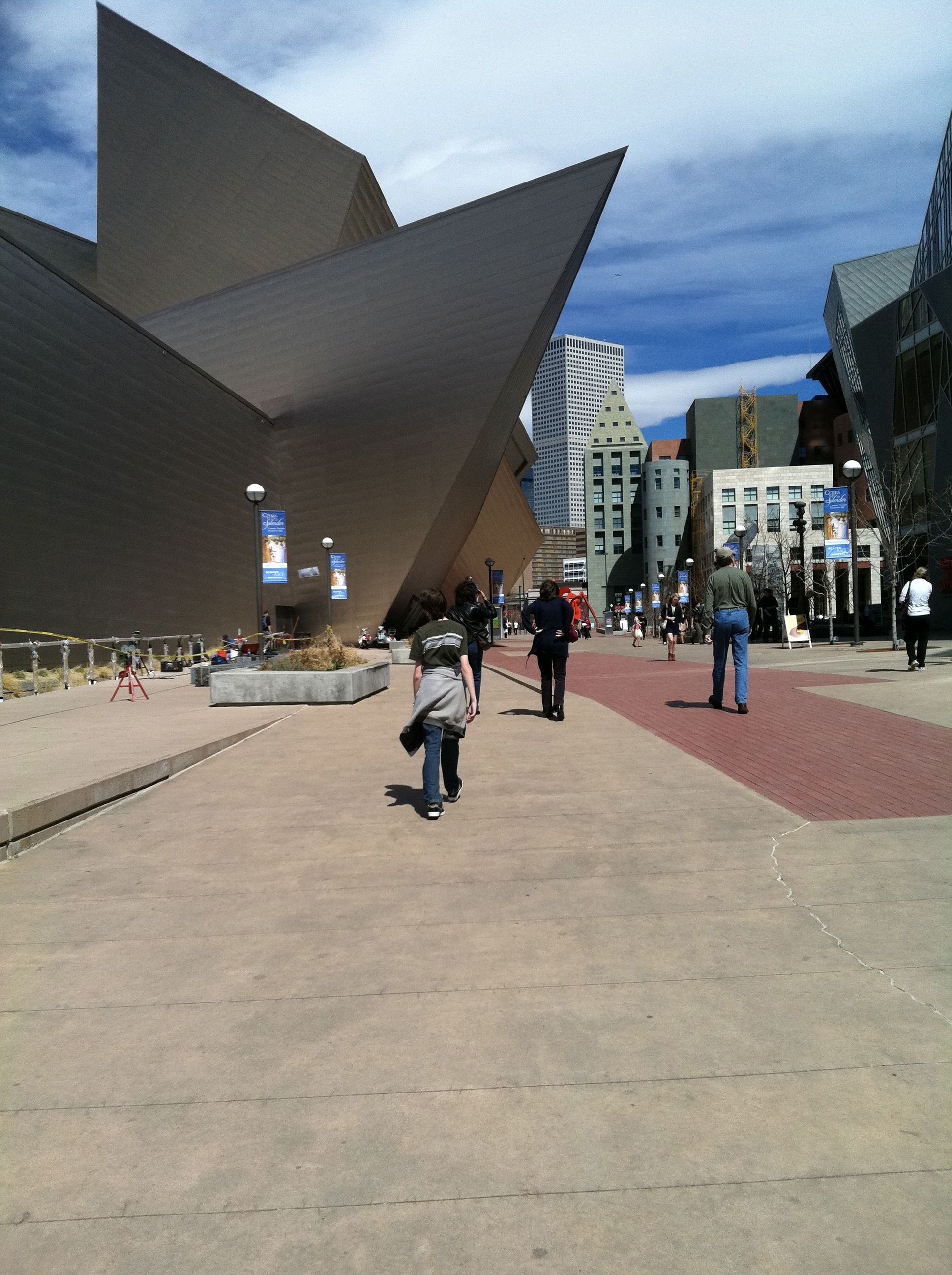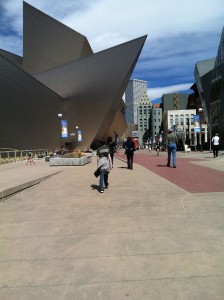
18 Sep TIO Denver: “Red” at Denver Art Museum, 9/20 & 9/21
 Mark Stevens, now a publicist is the author of “Antler Dust” and “Buried by the Roan.” “Buried by the Roan” and a finalist for the 2012 Colorado Book Award. Both books are the shelves at Telluride’s own Between the Covers Bookstore, 224 W Colorado Ave, Box 2129.
Mark Stevens, now a publicist is the author of “Antler Dust” and “Buried by the Roan.” “Buried by the Roan” and a finalist for the 2012 Colorado Book Award. Both books are the shelves at Telluride’s own Between the Covers Bookstore, 224 W Colorado Ave, Box 2129.
Mark frequently writes eloquent theatre reviews for Telluride Inside….and Out, one example is his piece about “Red,” originally mounted by Denver’s “Curious Theatre” in May 2012. “Red” is being revived for two performances only by the Curious Theatre Company and the Denver Art Museum on Saturday, September 21, 1 p.m. and Sunday, September 22, 6 p.m.
For tickets, go here.
To whet your appetite for the show, read on.
“Picasso and Pollock are in Rothko’s rear view mirror. Andy Warhol is in his headlights.”
There’s a moment in “Red” when the audience leans up, ready to gasp.
The moment follows about five minutes of Mark Rothko (played by Lawrence Hecht) brewing a cocktail of color and other substances in a bucket as he converses with his young “employee,” a would-be artist named Ken (played by Benjamin Bonenfant).
At one point, Rothko breaks an egg and uses his hand to separate the whites, cradling the yolk in his palm. The whites go in the bucket, too. We have no idea what substance will emerge, but Rothko plays with his concoction like a bartender and we are riveted on what he’s blending. At last, he pours the final concoction into smaller pails they will use to prime a canvas and as he pours, the audience in the balcony at The Curious Theatre leaned up with anticipation like it was high drama.
Red. A rich, seductive and powerful red. Within minutes, Rothko and his assistant-pupil-student-son-employee have covered a blank canvas in the color, all set to a specific piece of music and in a carefully choreographed attack. With paint. It’s an exhilarating piece in the play, one of many staged by director Christy Montour-Larson to let us see the whole painting process.
Montour-Larson gives “Red” space and room to breathe in between the exchanges between Ken and Rothko, who is not exactly a pillar of warmth.
Rothko thinks he has a special insight into “inner luminosity” and the ability to see more than surface color. “Red” pours through art history and offers a primer (sorry) on how art transforms itself, how and why artists rebel against those who have come before them. “Red” follows Rothko and Ken as they work on a specific consignment for the fancy Four Seasons Restaurant in New York City, and the work gives plenty of opportunity to talk about the relationship between art and commercialism. Picasso and Pollock are in Rothko’s rearview mirror. Andy Warhol is in his headlights.
“Red” gives Rothko some brilliant and wry one-liners. “Nature doesn’t work for me,” he intones. “The light’s no good.” Rothko’s riff on the variety of customers and variety of reasons for buying “art” is brilliant. Rothko’s brooding, troubled view of the world will get its comeuppance and when it comes it hits hard.
“Red” is about tragedy, stereotypes, construction, truth, light, darkness, opposites, fears, hopes, personal integrity, stereotypes, inspiration, legacy and selling out. It’s about the ability to see and interpret. It’s about exploiting pain for expression. It’s never easy to dance along the knife-edge between trite and meaningful when it comes to talking in meaningful terms about art, but the dialogue here injects enough humor and humanity along the way to keep things engaging.


Sorry, the comment form is closed at this time.